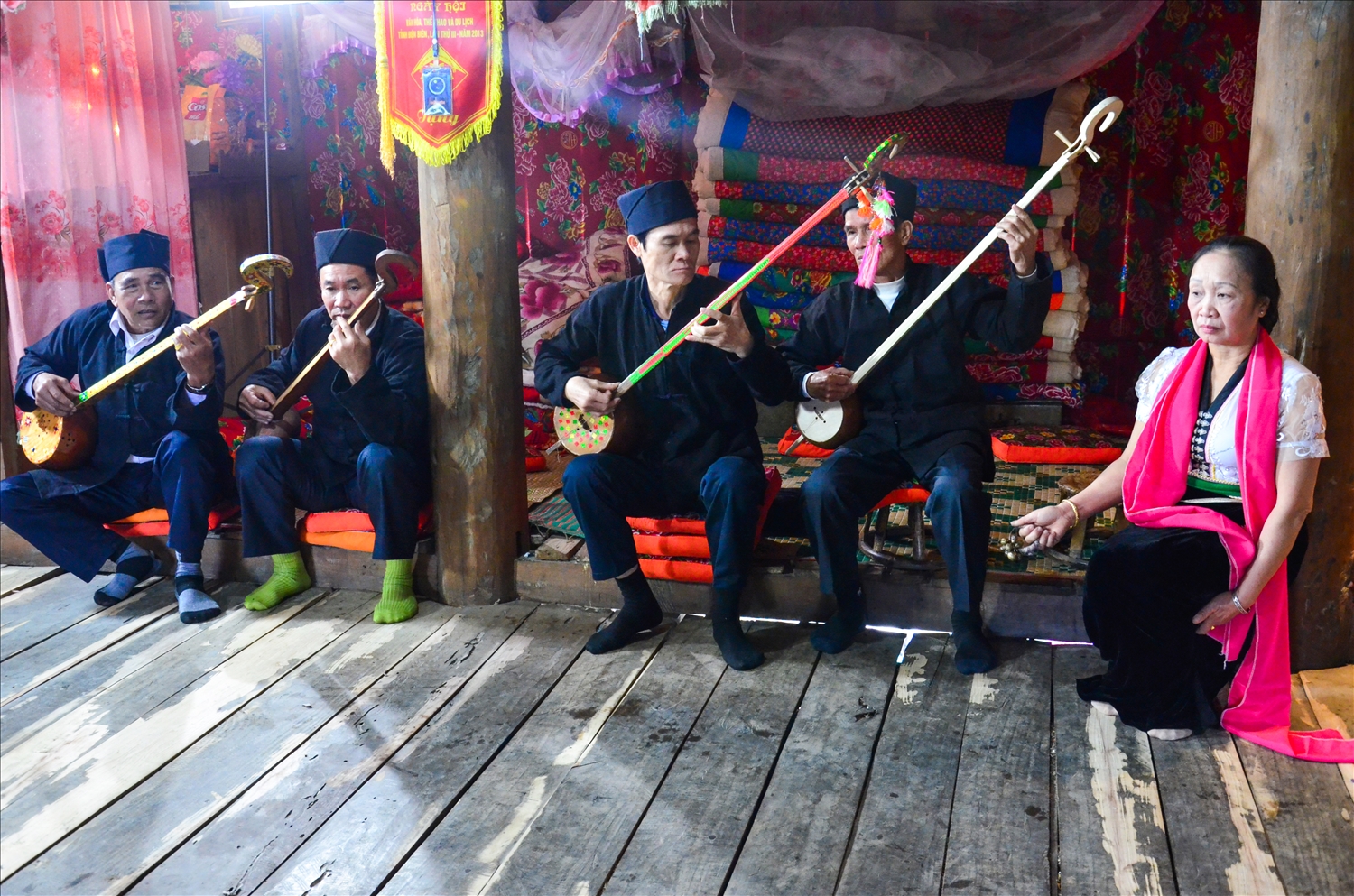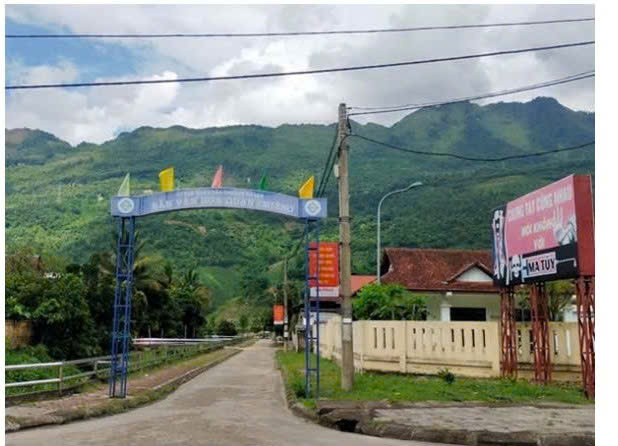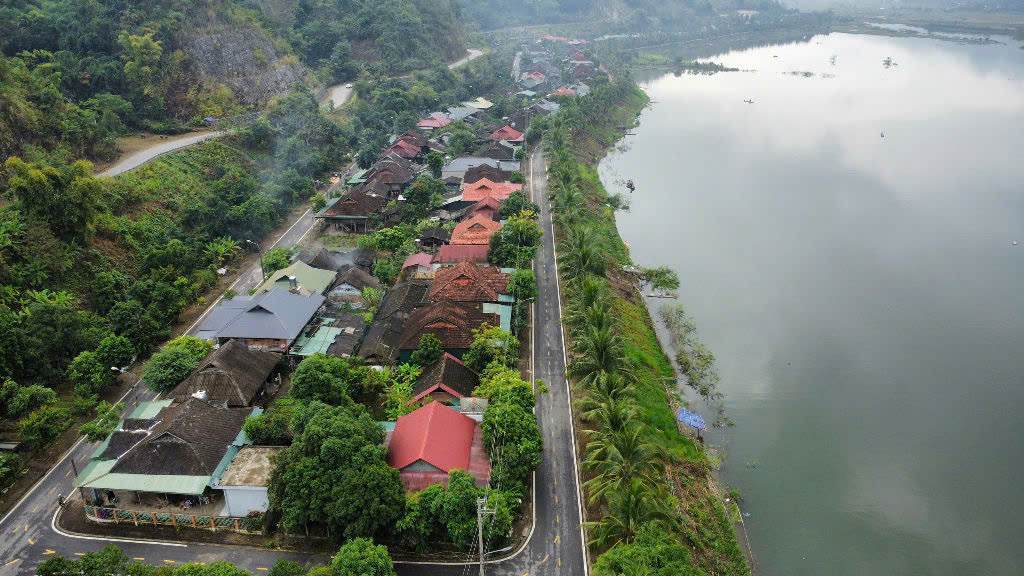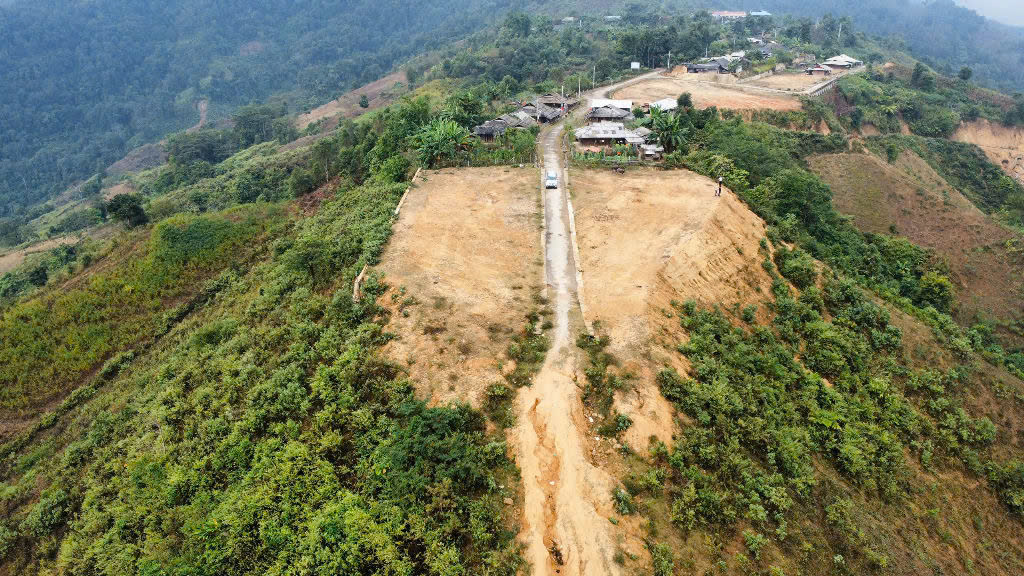Bamboo and rattan weaving is an important part of the cultural life of the White Thai people in Muong Lay town, Dien Bien province. This profession has existed for a long time, passed down from generation to generation, and is closely associated with the daily activities of the people.
Production process:
To complete a bamboo and rattan product, the craftsman needs to go through many meticulous stages:
Raw material selection: Mainly using rattan, song, giang trees with high flexibility. After harvesting, the raw materials are dried or dried on the stove to increase durability and prevent termites.
Preliminary processing: The raw materials are split, shaved into fibers and dried before weaving.
Shaping: The craftsman bends and molds the products such as rattan chairs, trays, fishing baskets, etc.
Finishing: The products are carefully woven, ensuring aesthetics and durability.
Featured products:
Among the products, rattan chairs are the most typical and popular items. Rattan chairs not only serve the daily needs but are also associated with customs such as weddings and funerals of the Thai people of Muong Lay.
Preservation and development:
Despite facing changes in modern life, many craftsmen in Muong Lay still diligently preserve their profession. They meticulously shape and polish traditional handicraft products, contributing to preserving and promoting the cultural values of the nation.
Preserving bamboo and rattan weaving not only preserves cultural identity but also opens up economic development directions, especially when combined with tourism, helping visitors understand and experience more deeply the local culture.

 VIE
VIE

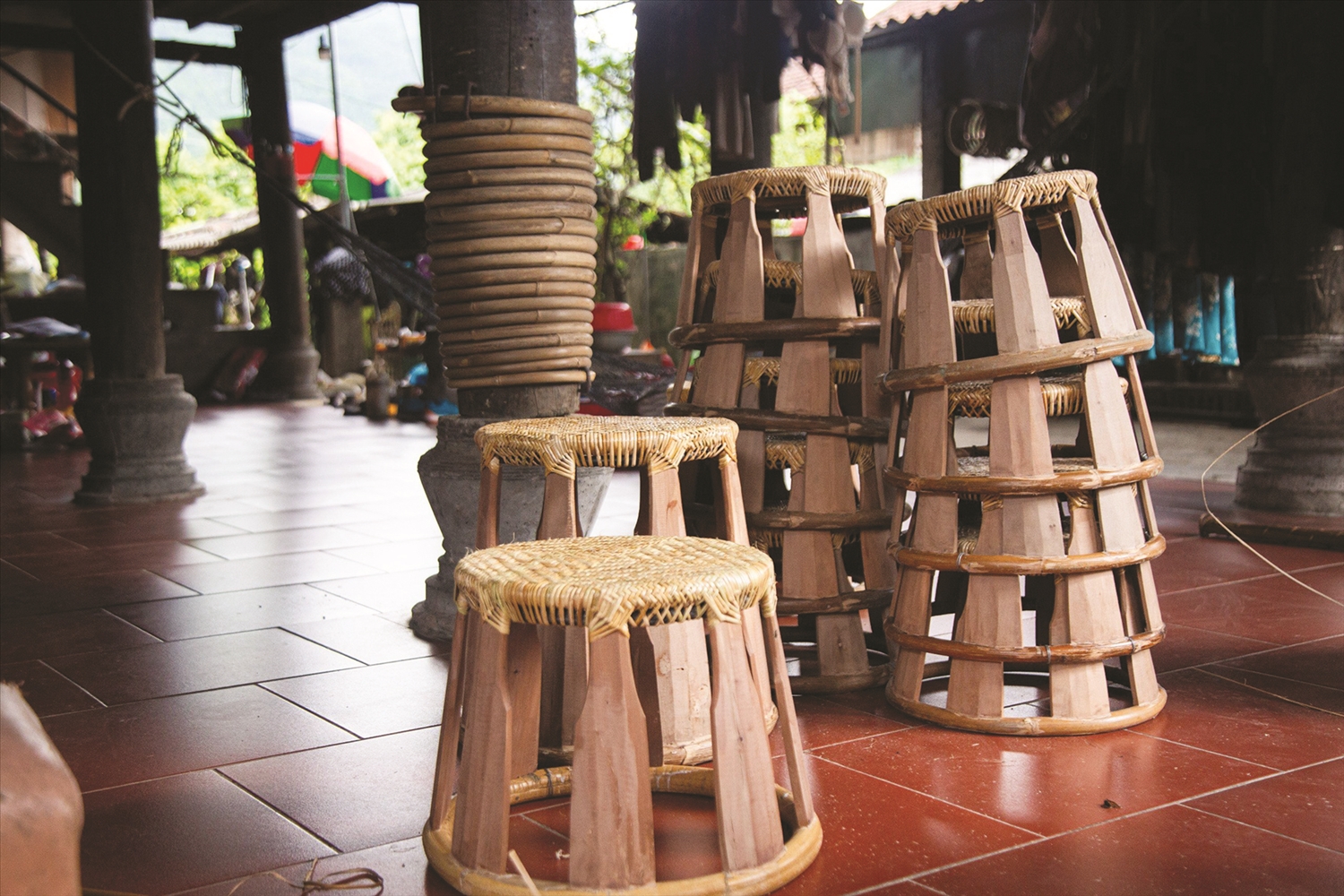


 Chưa cập nhật
Chưa cập nhật
